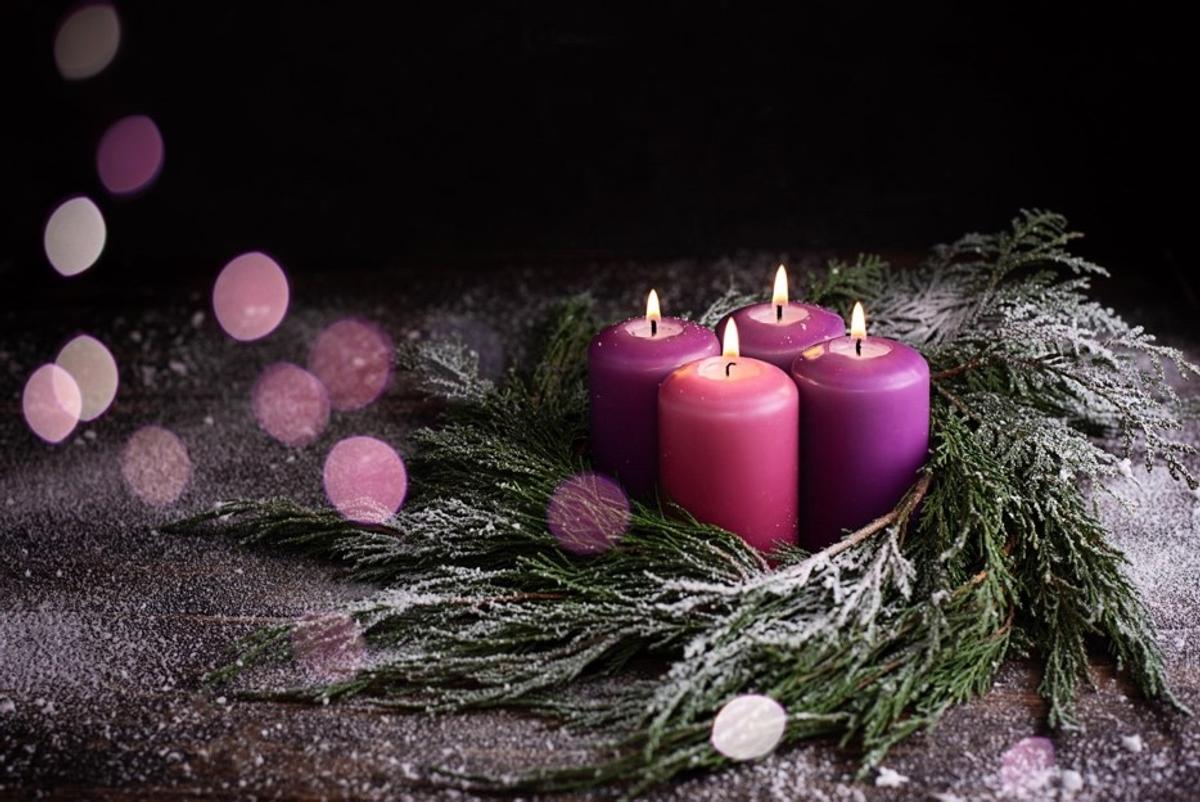Assistant Principal – Religious Identity & Mission
Mrs Kim Mooney

Assistant Principal – Religious Identity & Mission
Mrs Kim Mooney
At the end of last month, the University of Tasmania and Riawunna Centre advised the College that applications were opening for the Riawunna wurakara to Higher Education bursary.
The Riawunna wurakara to Higher Education is part of the Springboard to Higher Education Program to encourage young Tasmanian Aboriginal students to continue with their education at the highest level. Applications were welcomed from eligible students who are currently finishing Year 10 and commencing Year 11 in 2025.
The Riawunna wurakara to Higher Education is valued at up to $2,000 and is to be used to assist students with some of the expenses associated with further study for Years 11 and 12.
The successful applicants were judged by a selection panel, and they were determined to be the best candidate as per the selection panel appointment.
There was a total of eight bursaries given to students within Tasmania, and I am thrilled to announce that two St Virgil’s College students were successful in obtaining a bursary – Cohen Macey and Hayden Clark-Sullivan.
Congratulations to both Cohen and Hayden, who both submitted well-considered applications, the College is very proud of both of you.
This year, Advent began on Sunday 1 December 2024. The first day of Advent marks the beginning of the Catholic Church’s liturgical calendar year.
The season of Advent is a time of expectation when we prepare our home and our hearts to celebrate the birth of Jesus on Christmas Day. The word Advent is derived from the Latin word adventus, which means “coming”.
Advent is a season of hope, a time to nurture peace and experience joy in anticipation for the love that is made incarnate with the birth of Jesus.
The Advent wreath consists of four candles, which are arranged in a circular pattern, surrounded by evergreen branches. Each candle corresponds to the four respective Sundays through Advent. Three of the candles will be purple or blue, and the other one will be pink. The blue and purple candles represent penitence, while the pink candle refers to the third Sunday of Advent, which is known as Gaudete Sunday. This is meant to encourage participants to continue praying as Advent is soon to reach its conclusion.
Each week during Advent has a specific meaning and relevance.
In the first week, Catholics will light the first candle. This signifies hope as it is commonly known as the “Prophet’s candle” and signals that Jesus is coming.
On the second Sunday, a candle is lit to celebrate faith. This is based on the everlasting love of God, and it is also commonly referred to as the “Bethlehem” candle. This reminds everyone that Mary and Joseph undertook the journey to Bethlehem.
On the third Sunday of Advent, it is traditional to celebrate Joy with the “Shepherds” candle. This third Sunday is also called Gaudete Sunday, and a literal translation here is to “rejoice.” It is a Sunday to remember Mary as the mother of Jesus.
On the fourth Sunday, the candle symbolises peace and is known as the “Angels” candle. The simple message here from the angels is “peace on earth and goodwill towards men.”


Let us celebrate the birth of Jesus with joy and thanksgiving. Wishing you a blessed Christmas.

